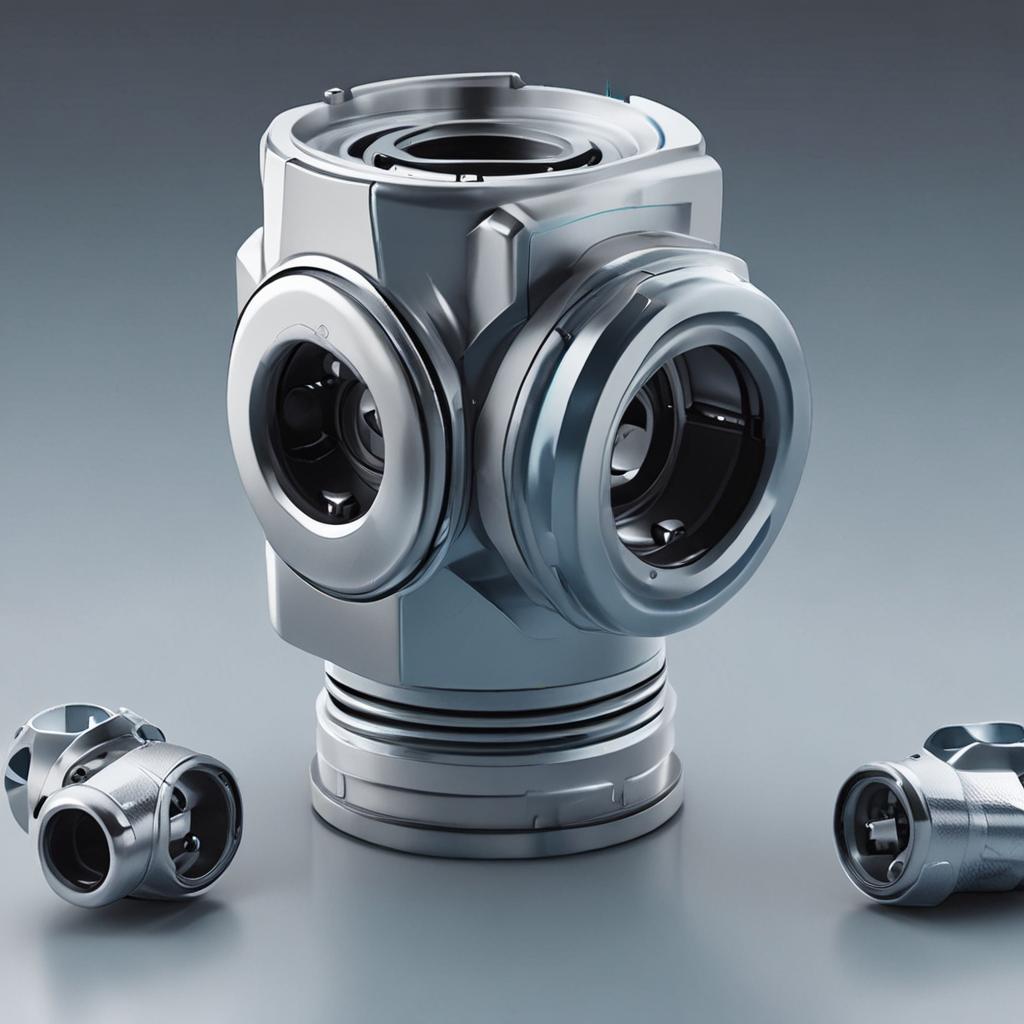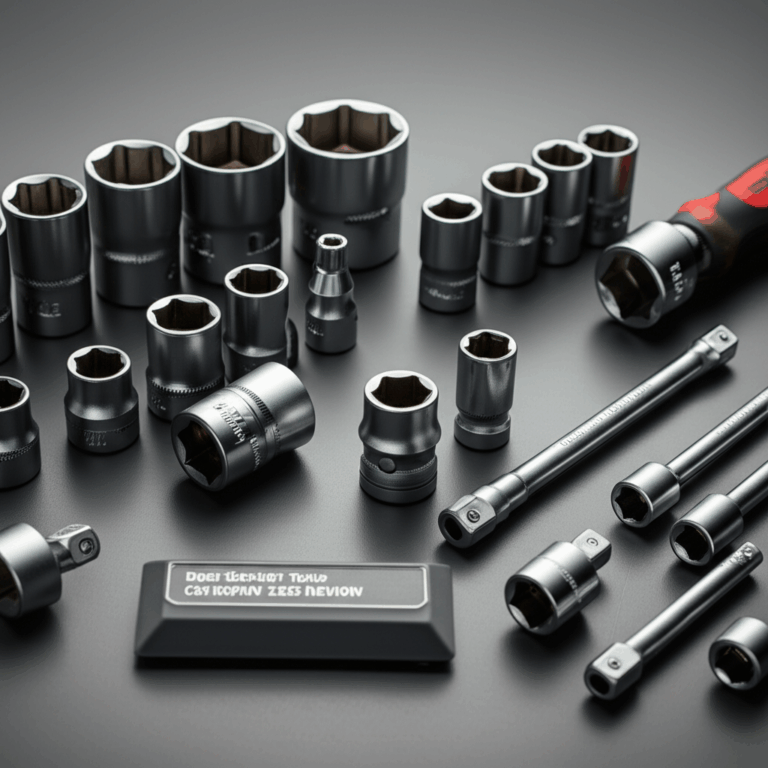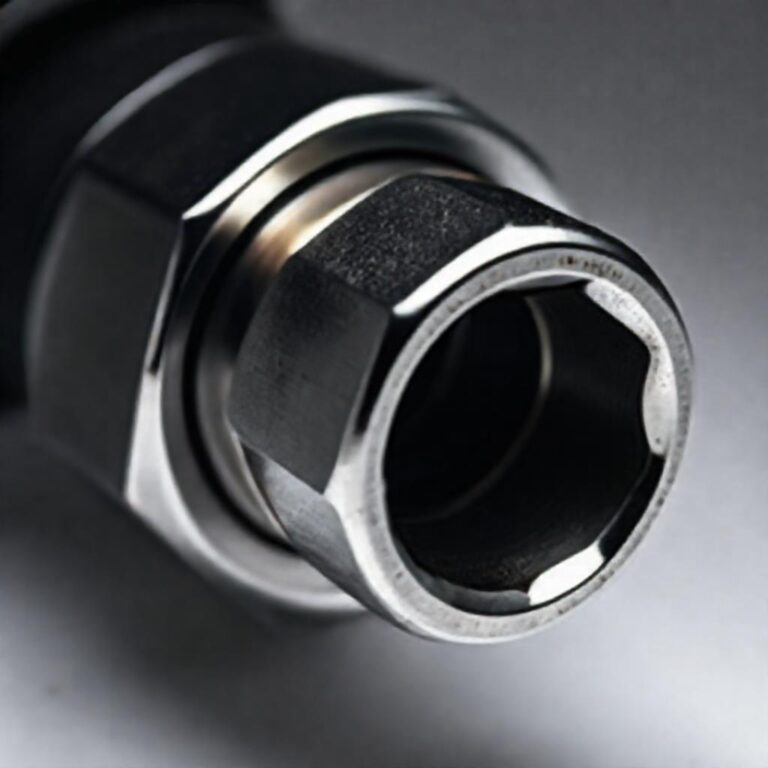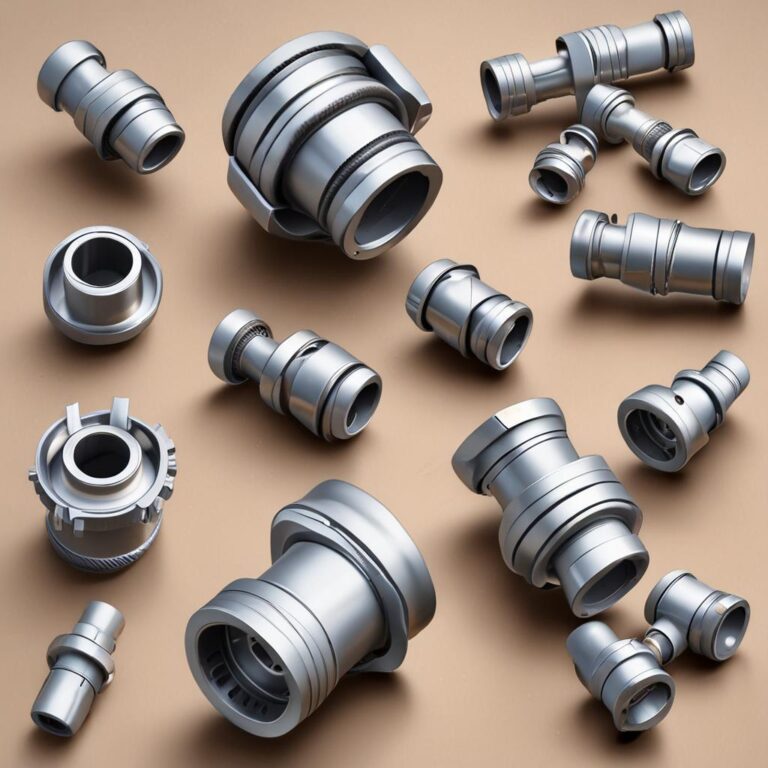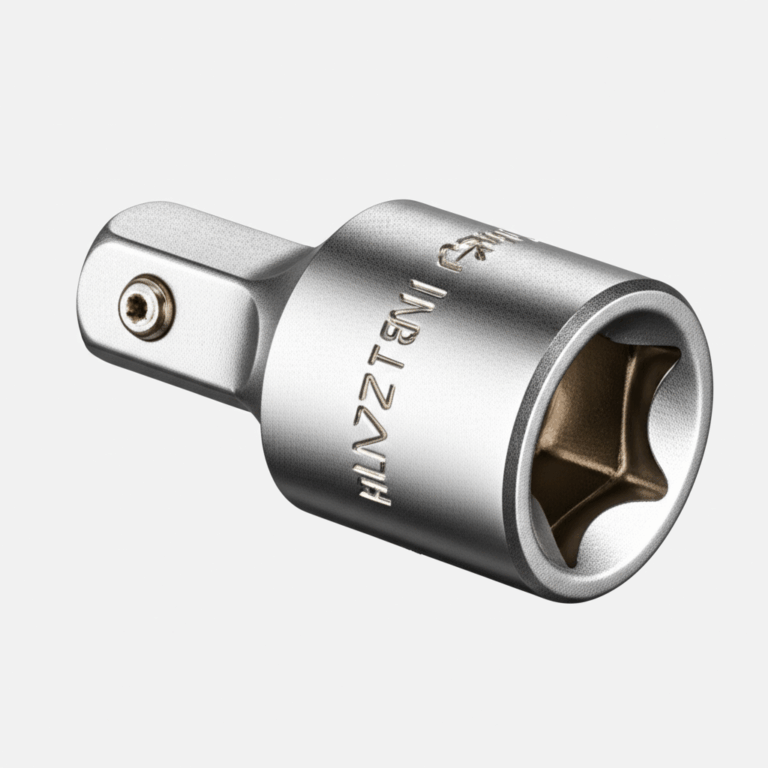What Socket Has a Universal Joint
When working in tight or awkward spaces, having the right tools can make all the difference. One such innovation that has revolutionized mechanical and industrial work is the universal joint socket. Designed with a flexible joint that mimics the movement of a human shoulder, this specialized socket allows users to access fasteners at various angles without sacrificing torque or control. Whether you’re under the hood of a car or assembling heavy machinery on a construction site, universal joint sockets offer unparalleled versatility and efficiency. Their unique ability to pivot and rotate makes them indispensable in environments where straight-line access is limited.
Historical Timeline
1913
First universal joint patented
1925
Universal joint used in automotive
1950
Socket sets include universal joints
1980
Improved materials enhance durability
2000
Digital tools optimize joint design
Timeline infographic for What Socket Has a Universal Joint
Introduction to Universal Joint Sockets
The universal joint socket, often referred to as a U-joint socket, integrates a universal coupling into the socket design. This joint enables angular movement between the drive tool and the socket head, typically up to 90 degrees. As a result, users can reach bolts and nuts located in hard-to-access areas, such as behind engine blocks, inside tight chassis components, or recessed machinery parts. The flexibility provided by the universal joint reduces the need for multiple extensions or complex maneuvers, streamlining the repair or assembly process across various fields.
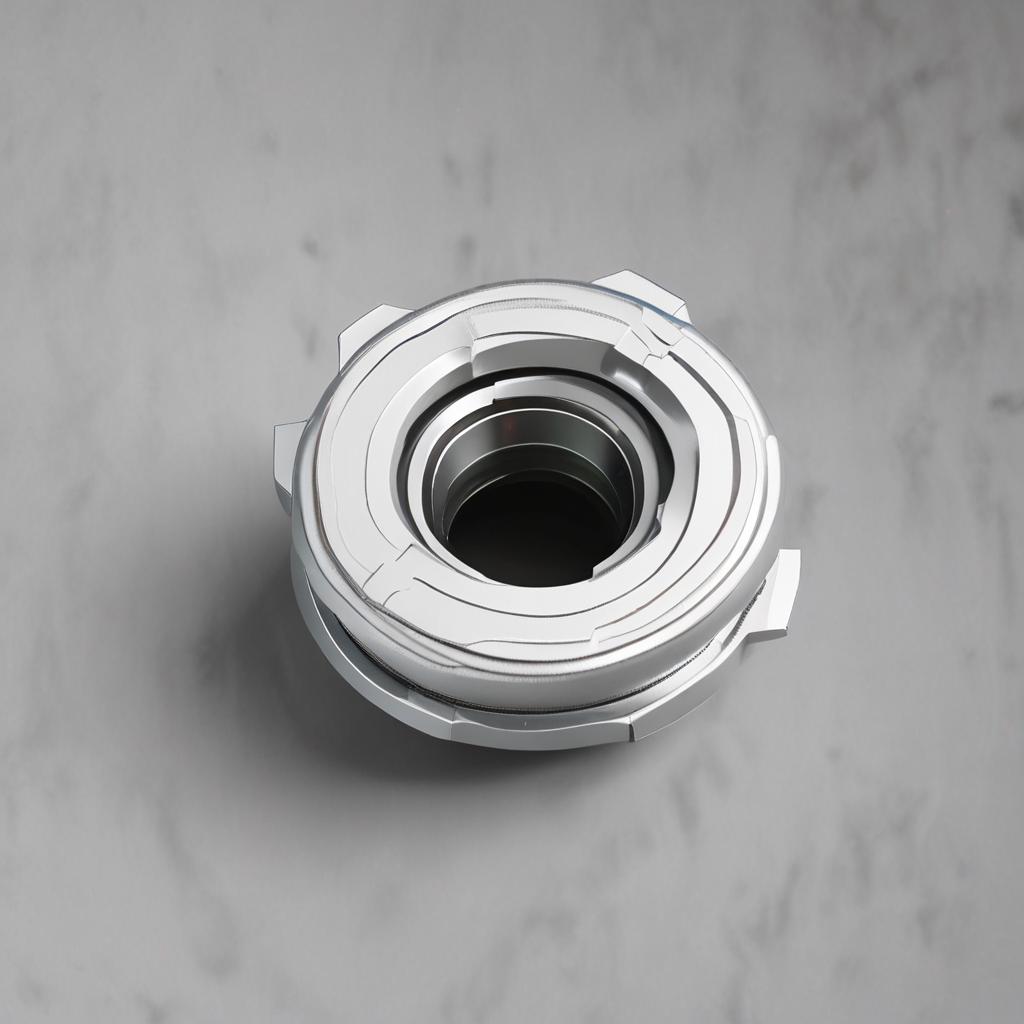
Types of Sockets with Universal Joints
Ratchet Sockets with Universal Joints
These sockets are designed to attach directly to a ratchet wrench and feature a built-in universal joint near the socket head. They are ideal for manual use in automotive repairs where space is limited. Mechanics often use them when replacing spark plugs, working on brake calipers, or accessing suspension components. The ability to pivot allows continuous ratcheting motion even when the fastener isn’t aligned with the wrench handle.
Impact Sockets with Universal Joints
Engineered for high-torque applications, impact sockets with universal joints are constructed from tougher materials like chrome molybdenum or heat-treated steel to withstand the sudden force of impact wrenches. These sockets are commonly used in industrial maintenance, truck repair, and heavy equipment servicing. Despite their durability, they maintain the angular flexibility needed to operate in confined spaces while delivering powerful torque output.
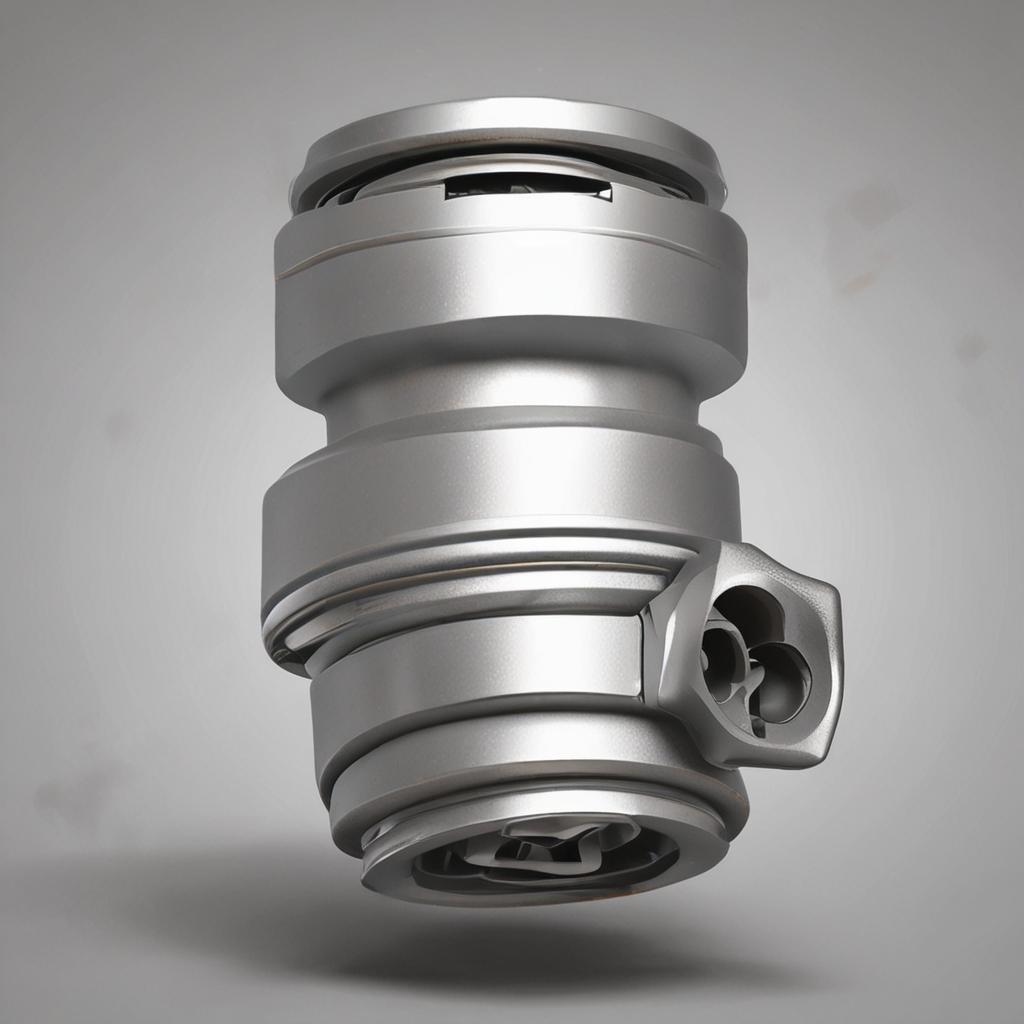
Socket Wrenches with Universal Joints
This category includes complete hand tools that combine a ratchet, universal joint, and socket in a single unit. These all-in-one wrenches are compact and convenient for quick jobs or emergency repairs. Their integrated design eliminates the need for additional attachments, making them popular among DIYers and field technicians who value portability and ease of use.
Applications and Benefits of Universal Joint Sockets
Automotive Applications
Universal joint sockets are a staple in automotive workshops. They enable mechanics to remove oil filters tucked between engine components, replace transmission bolts, or service exhaust systems without extensive disassembly. Their flexibility is especially valuable in modern vehicles where compact engine designs leave little room for traditional tools.
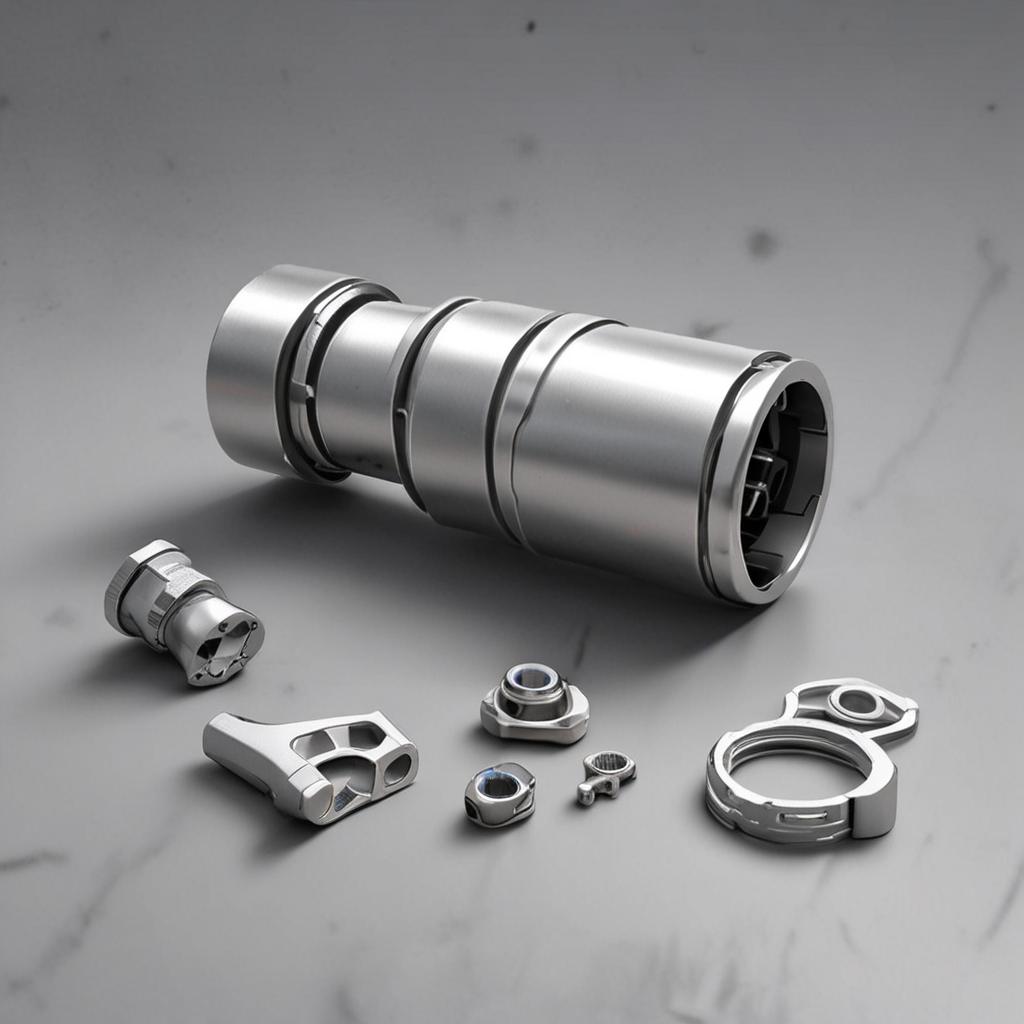
Construction and Engineering Applications
In construction and engineering settings, these sockets assist in assembling structural frames, maintaining conveyor systems, and servicing hydraulic equipment. Technicians rely on them to secure bolts in narrow channels or around piping, where standard sockets cannot fit. The ability to apply consistent torque at an angle improves both safety and efficiency on job sites.
Benefits of Universal Joint Sockets
- Enhanced flexibility for working at angles up to 90 degrees
Choosing the Right Universal Joint Socket
Selecting the appropriate universal joint socket depends on several key factors. First, identify whether the task requires manual or impact-grade strength—using an impact socket with a standard ratchet is safe, but never use a regular socket with an impact wrench. Next, consider the drive size (commonly 1/4-inch, 3/8-inch, or 1/2-inch) and the socket size needed for your fasteners. Look for sockets with chrome finishes for corrosion resistance and smooth operation, and ensure the universal joint moves freely without excessive play. Reputable brands often offer better durability and performance, especially in professional environments.
Conclusion
Universal joint sockets represent a smart evolution in tool design, combining mechanical ingenuity with practical functionality. From routine car maintenance to large-scale industrial projects, their ability to navigate tight spaces and angled fasteners makes them invaluable. With various types available—ratchet, impact, and integrated wrench styles—there’s a universal joint socket suited for nearly every application. By understanding their features, benefits, and proper selection criteria, professionals and hobbyists alike can enhance their efficiency, reduce physical strain, and achieve more precise results. Investing in a quality universal joint socket isn’t just about convenience—it’s about working smarter.

